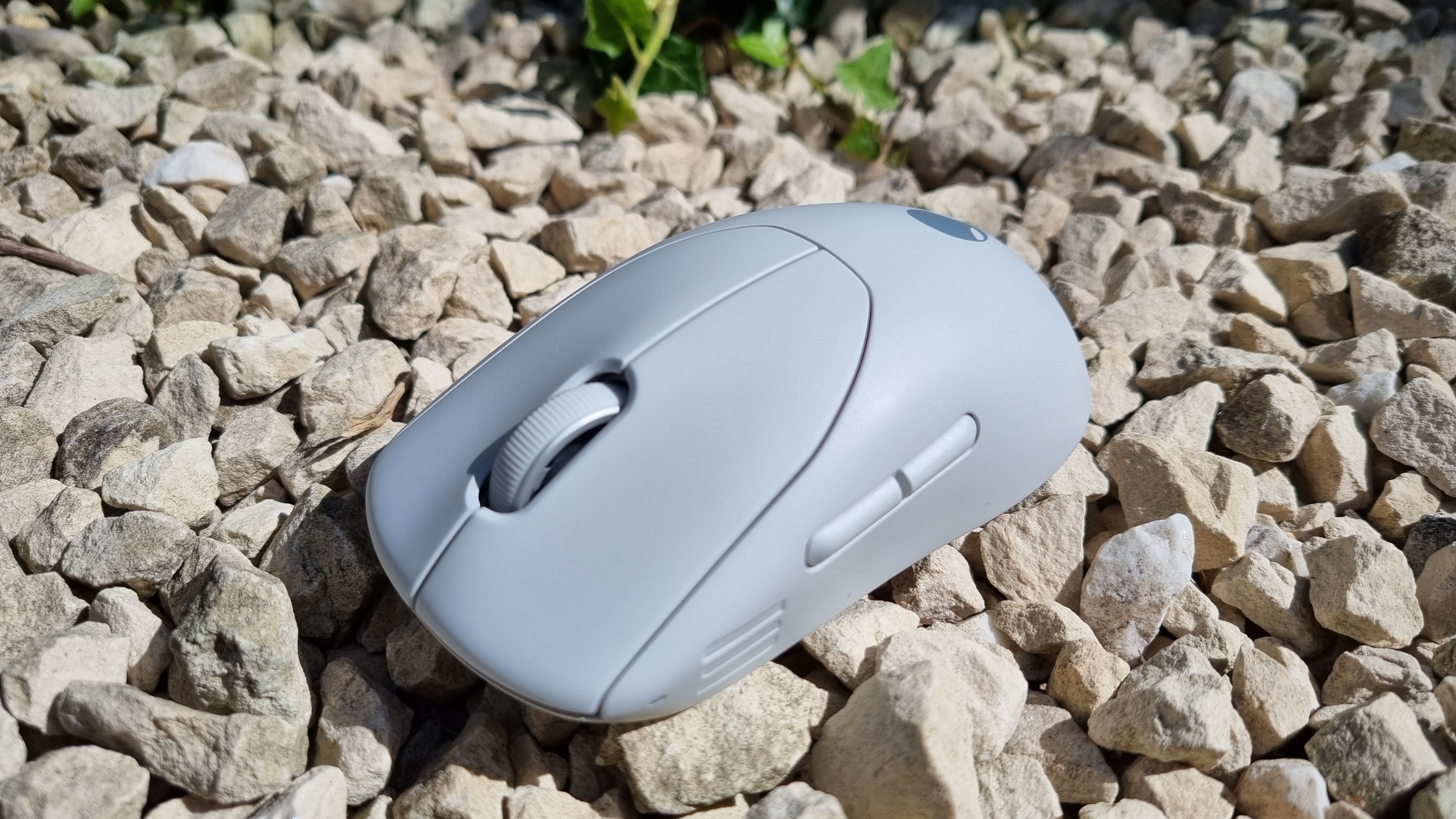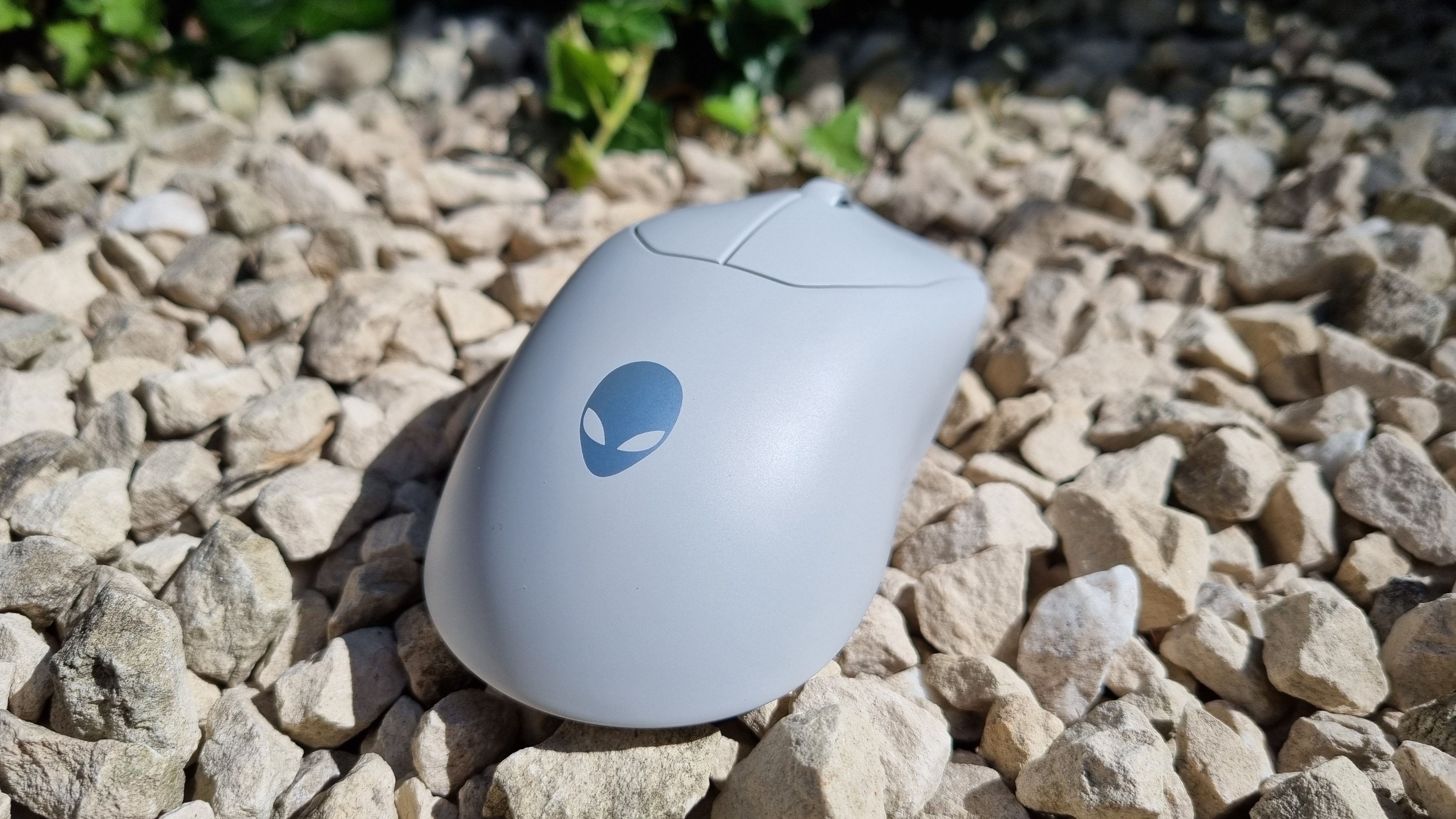Our Verdict
An ultra-light and lightning fast gaming mouse with a great glide, but mushy side buttons let it down.
For
- Ultra-smooth glide
- Clean design
- Lightning fast response
Against
- Side buttons are cheap feeling
- Lack of extra buttons
- Expensive
PC Gamer's got your back
There's a lot to be said for the simple things in life. Bread and butter. A cold beer on a sunny afternoon. My brain on a Wednesday. Alienware seems to agree, as its latest mouse is not what you'd call jam packed in the features department. In fact, pulling it from its packaging, it almost seems simple to a fault.
The Alienware Pro Wireless gaming mouse is, on first appearances, just that—a wireless gaming mouse. Available in black or white finishes, it's got a left click, a right click, a scroll wheel (with, of course, a click), two side buttons, and a hidden one underneath opposite the power switch. That's your lot, for the low, low price of $150/£127.
Wait, that's not a low price for a gaming mouse, is it? You can pick up a Razer Deathadder V3 Pro for roughly the same money, and while it currently sits at the top of our list of best gaming mice, we did point out that it's still a lot of cash for a mouse with a limited number of buttons.
As you would expect, however, just like the Razer, what you're paying for here isn't customizability, or flashy aesthetics. Instead, what Alienware is offering are claims of refined, super-fast performance, courtesy of up to 4 kHz wireless and 8 kHz wired polling rates, which works out to 0.25 ms and 0.125 ms response times, respectively. With an optical sensor capable of 26,000 DPI movement resolution and some magnetic key plates for quick clicks without sticky buttons, everything about this mouse's spec sheet screams speed.
The first thing you'll notice, though, is the glide. Sitting on the underside are two sizable PTFE feet holding the Pro Wireless aloft, and they're as smooth as the proverbial silk when paired with a decent mouse mat. So much so, in fact, that it's quite a pleasing experience just sliding this mouse around for the sheer tactile nature of the effect.
Helping out that smooth movement is the weight, or in this case, the lack of it. I tend to prefer a heavier mouse, but the Alienware Pro comes in at a mere 59 grams, making it so light that —in combination with those gliding feet—the merest hint of finger movement sends it smoothly in the appropriate direction. Alienware may have created the first hover-mouse, or at least one that does a good approximation of it.
Customisation and settings are handled by the Alienware Command Center, which sounds like it prepares the little mouse for its first trip to space, and unfortunately, doesn't. Instead, the straightforward settings interface allows you to rebind the limited buttons, set macros, and adjust DPI profiles and polling rates, along with sleep mode settings, lift-off distance adjustments, and battery-saver settings.
It's actually remarkably clearly laid out, with a shades-of-gray aesthetic that's mercifully clean to read and easy to use. Again, simplicity. Simple can be good.
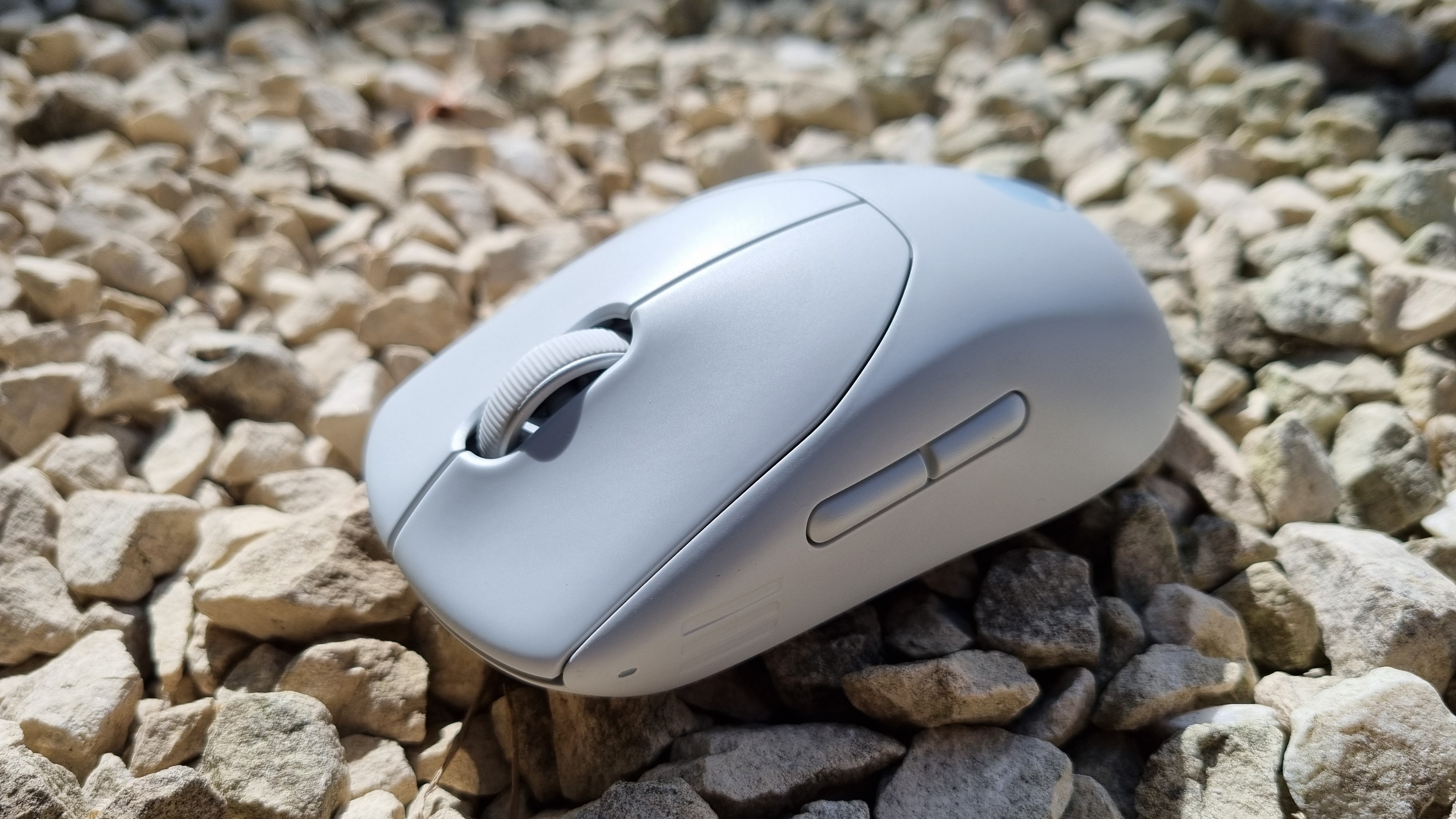
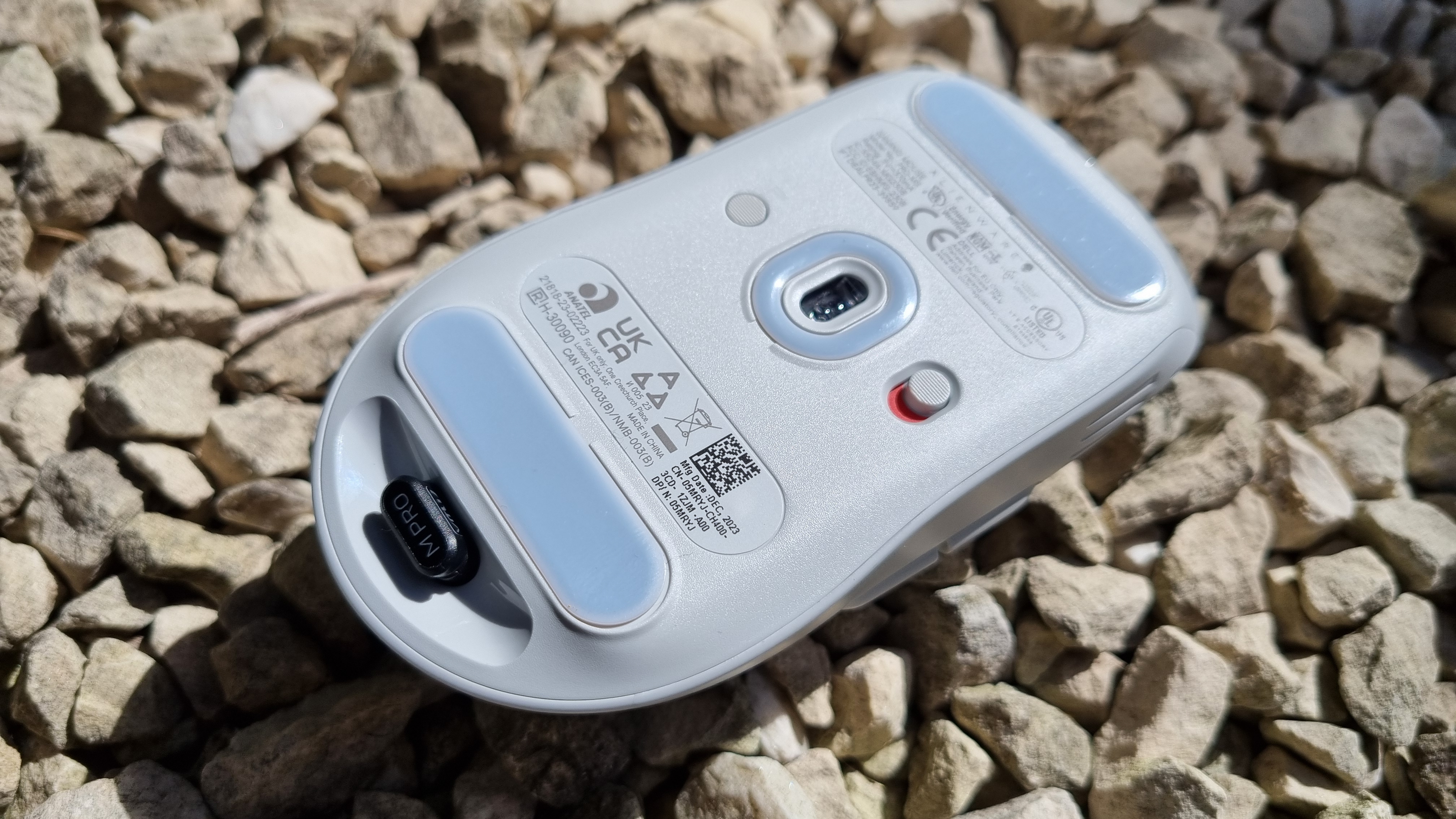
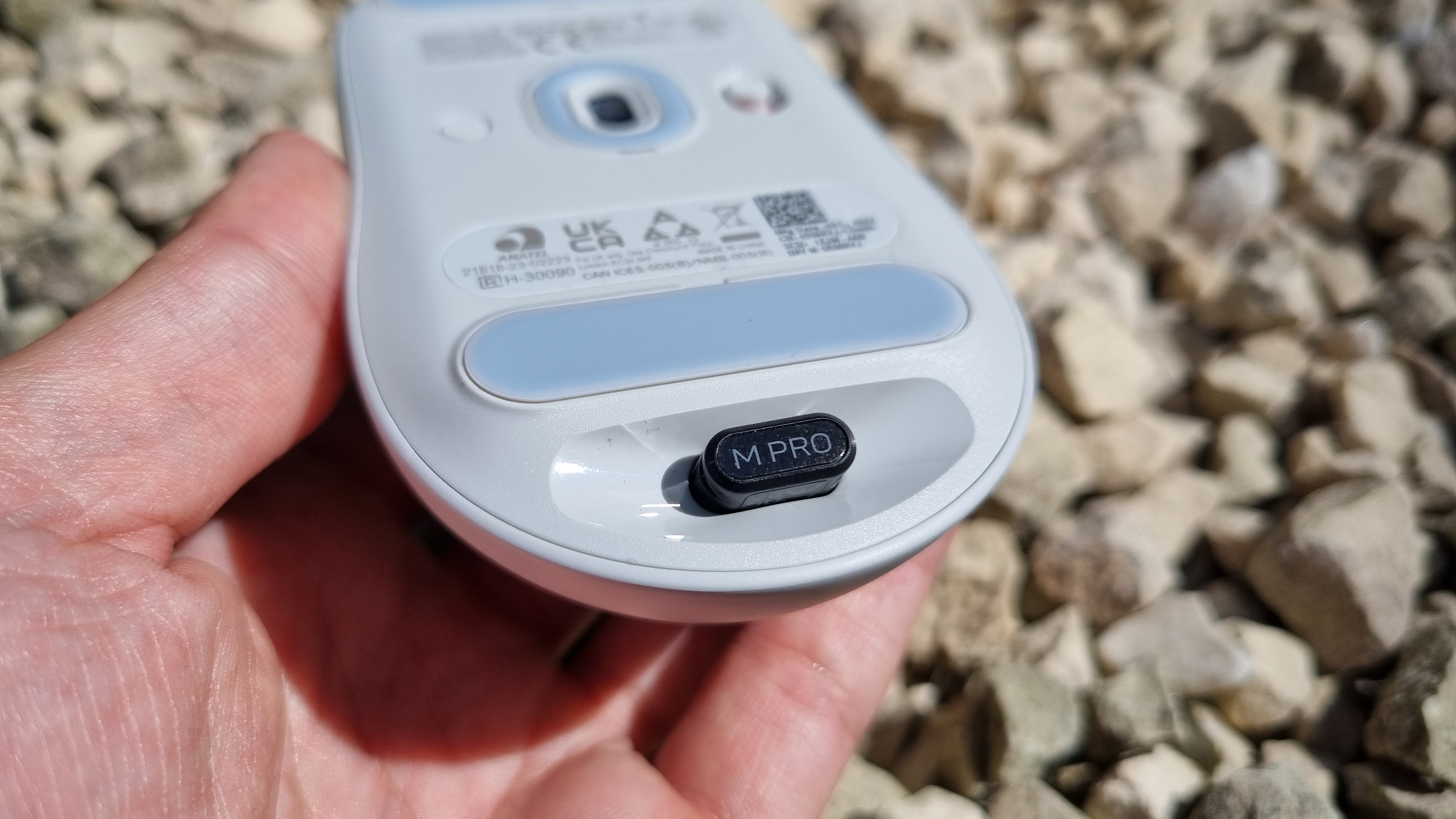
Battery life comes in at 32 hours for the 4 kHz setting, or 120 hours at 1 kHz polling. It's easy to switch between the two in the app, and as a result I've been keeping it at the lower setting for day-to-day usage and switching it to the faster polling rate for gaming duties.
Now then. Super-fast polling rates and ultra-speedy sensors. I've ranted before about my dislike for esports-focused gaming peripherals like this, making the argument that unless you have the reaction times of a gnat, you're paying for performance you really don't need. Has the little Alienware changed my mind?
No. Not really. That being said, the smooth glide in conjunction with the accurate feel of this mouse is undoubtedly pleasing to use in fast-paced shooters. There's a lot of things about this little squeaker that on paper, I don't particularly like, yet in usage come together to form a package that actually does feel pretty good—and extremely responsive— underneath your fingertips.
The Mouse Tester graphs show a reasonable result, as the closeness of the dots indicates the consistency of the movement reporting from the sensor (although I'll admit, the smoothness of my motions could do with work). In practice the Alienware Pro feels plenty accurate in the games I've tested it in, even if the fleshy-meat-thing behind it isn't the most skilled.
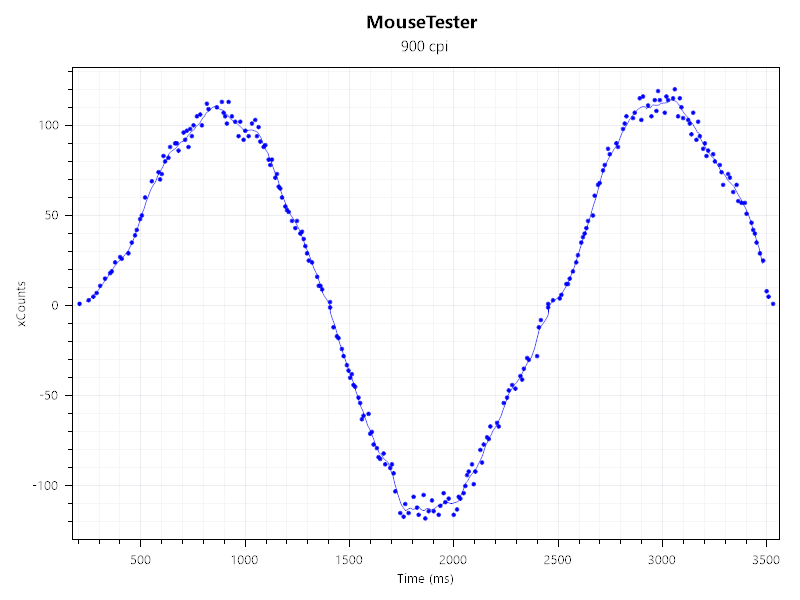
1 kHz results in Mouse Tester.
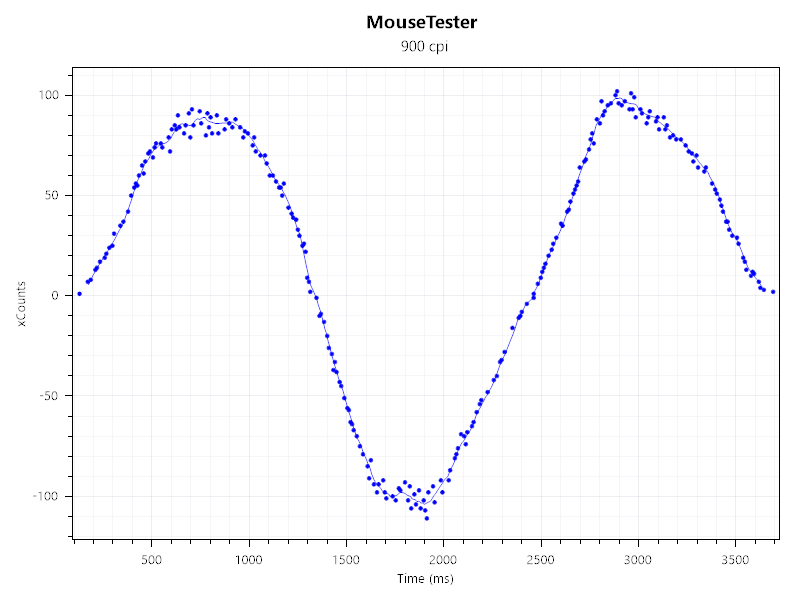
4 kHz results in Mouse Tester.
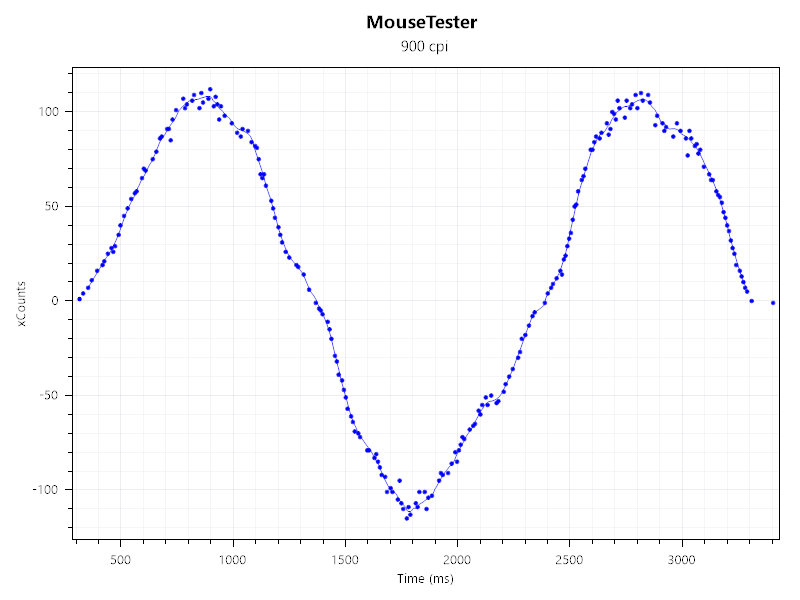
1 kHz polling test results
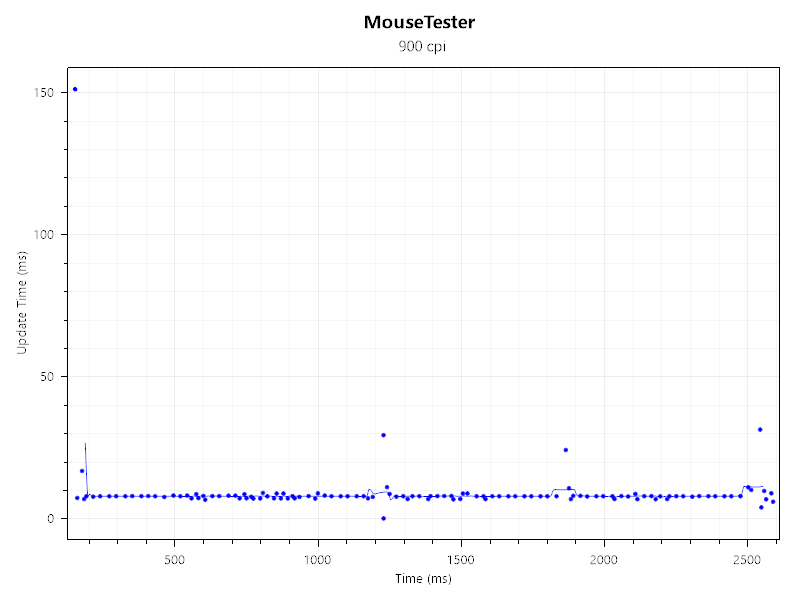
1 kHz polling test results
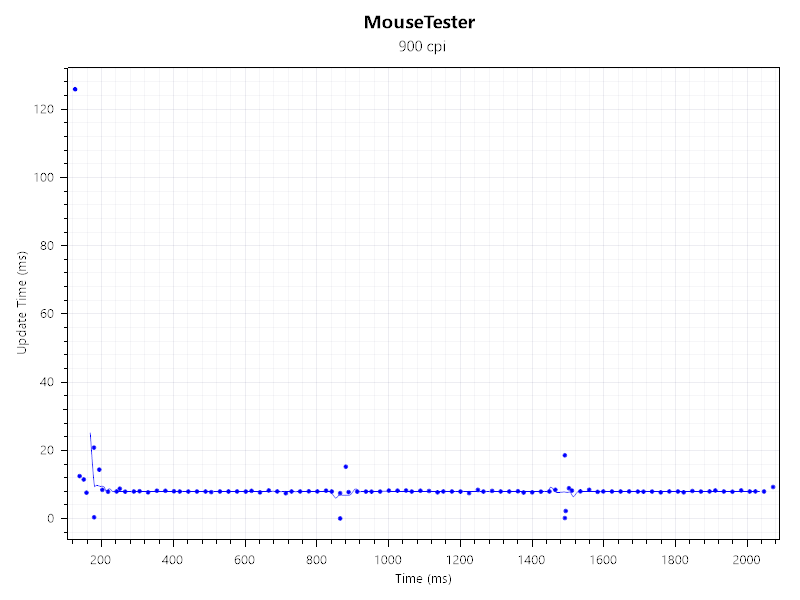
4 kHz polling results
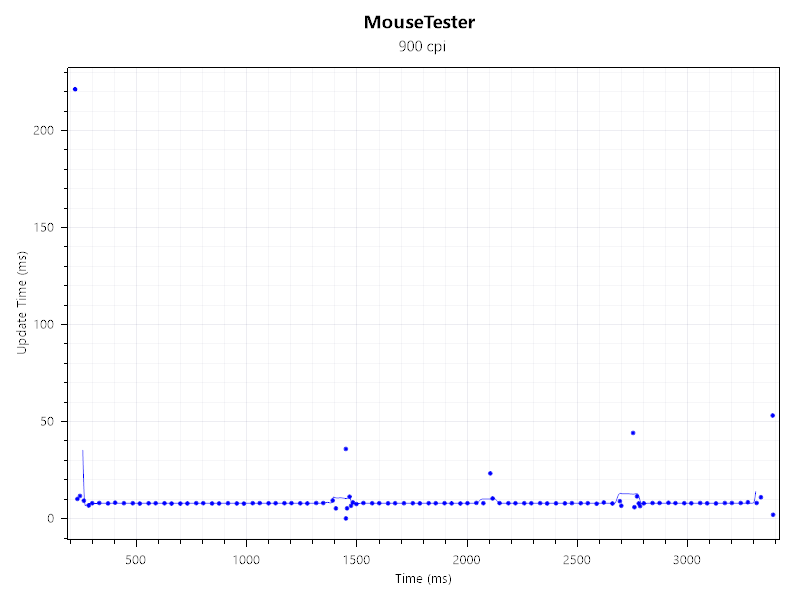
8 KHz polling test results (wired)
For a mouse that seems so refined in many aspects, the two side-clickers have a squidgy quality that feels a bit ick.
It's light, quick, pleasingly tactile for the most part (the left and right mouse buttons have a particular clicky-bounce combo that does feel very satisfying once you've become accustomed to it), and well-behaved. Not once has it stuttered or lost connection, and the quick-charge capabilities in combination with the simple DPI switching means it's easy to keep on top of the battery.
What I don't like, however, comes in two parts. The first relates to the two side buttons. For a mouse that seems so refined in many aspects, the two side-clickers have a squidgy quality that feels a bit ick, along with a hollow feeling underneath the action that betrays a lot of weight saving efforts going on behind the mechanism.
I get it's supposed to be light, but I would gladly add another 5 grams or so for the sake of two (for my personal usage, fairly vital) buttons that don't feel quite so mushy when I press them. There aren't a lot of buttons on offer here, so two of them feeling a bit cheap and nasty is a no-no as far as I'm concerned.
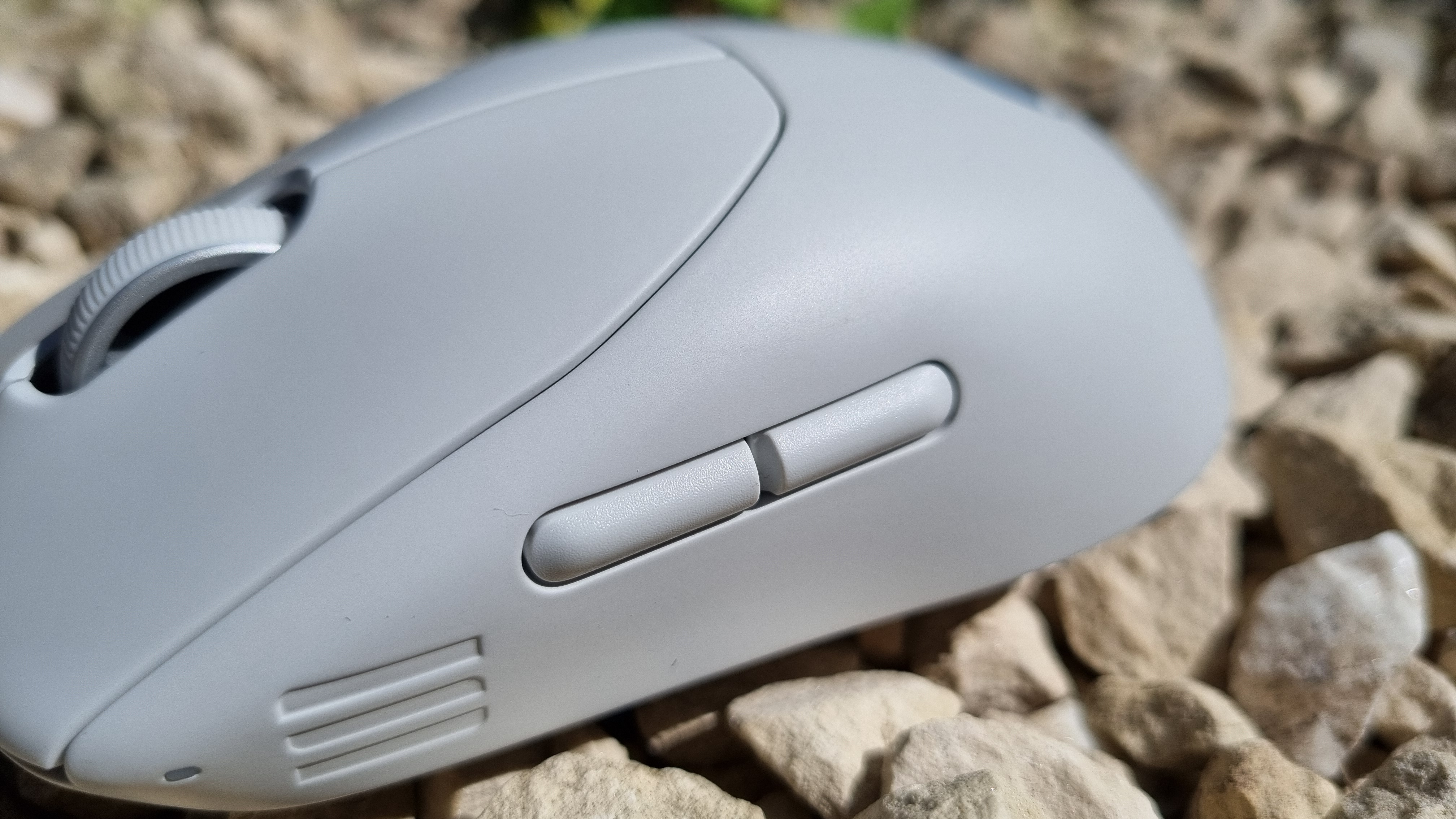
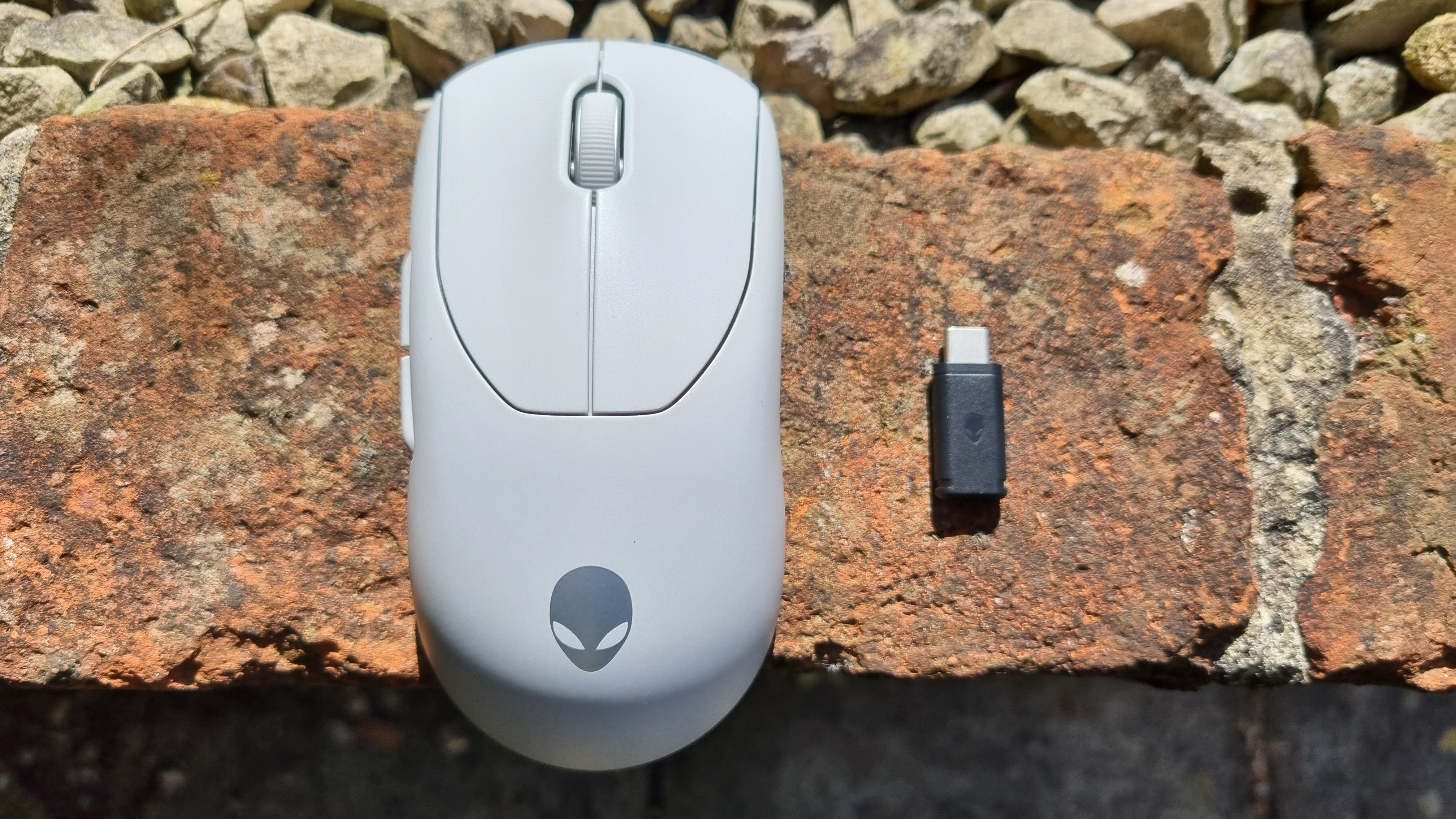
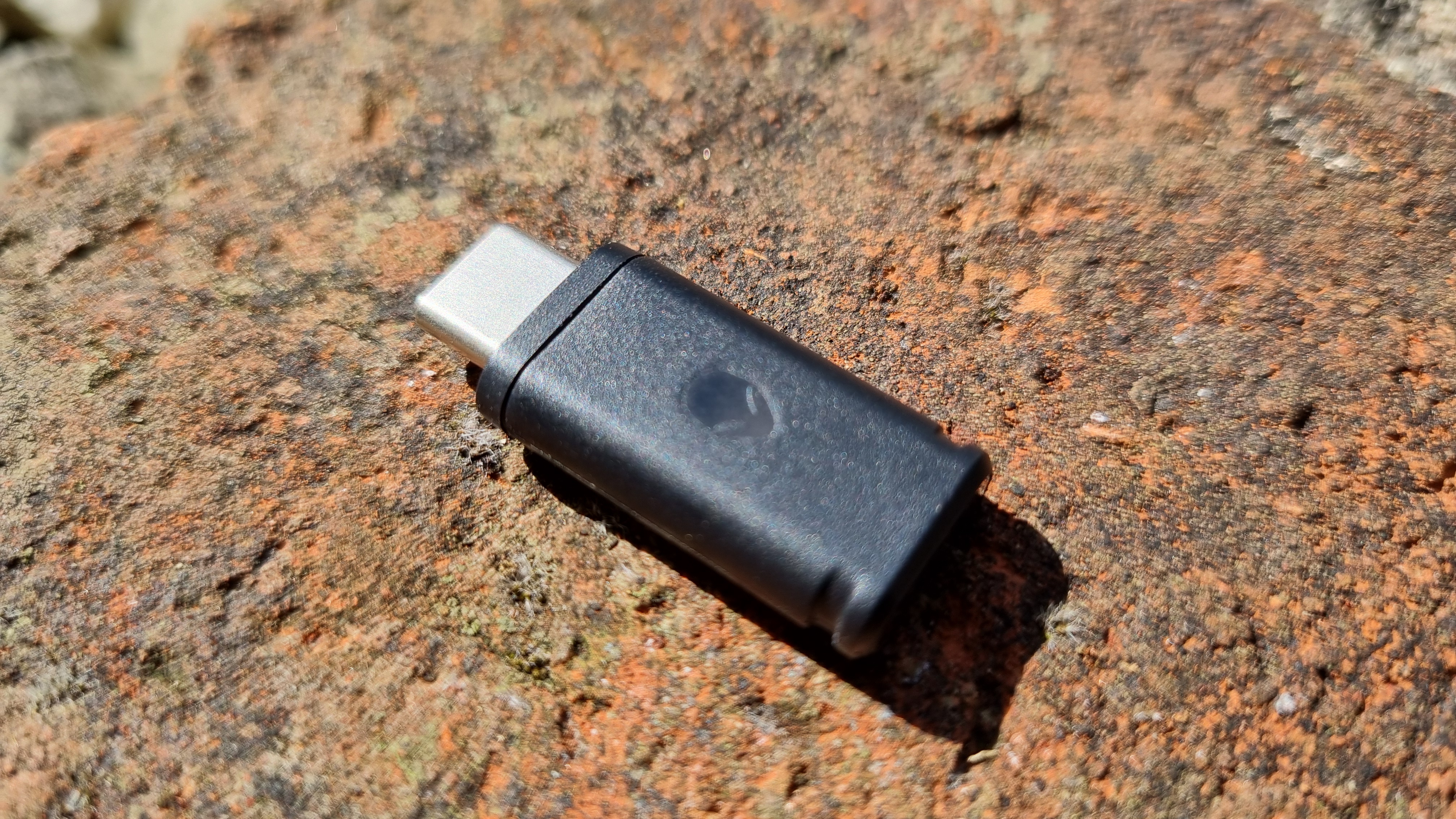
The second is the price. Yep, it's time for me to tap that esports sign once more: $150 for a mouse that's all about super-speedy reaction times instead of useful added functionality still strikes as paying for speed you don't need. Yes, the Razer Deathadder V3 Pro is just as expensive, but it looks and feels a bit more like a premium object, what with its micro-texture coating, stylish, flared-out button design, and side buttons with more of a positive action.
It's got a higher-rated sensor too, 30,000 DPI, if ultimate speed and accuracy really is your thing. Horses for courses and all that. Or the Razer Viper V3 Pro for that matter, a mere $8 more but with a 35,000 DPI sensor. The Viper can handle 8 kHz wirelessly too, thanks to Razer's Hyperpolling system.
✅ You're looking for simple, but fast: While the design here isn't likely to set anyone's world alight, there's something to be said for a straightforward, very fast gaming mouse.
✅ You like a smooth glide: The feet underneath this little mouse provide a smooth ride, which helps it feel like a premium object.
❌ You want a lot of buttons: Six in total is pretty default, and the ones on the side don't feel like expensive options.
❌ You're on a budget: $150 is a lot for a mouse, so you'll need to be pretty demanding in your speed requirements to justify this sort of cash.
All that being said, however, the Alienware is so refined in most respects, it almost feels polite. Aside from the shiny silver alien head on the top, there's nothing here to tell you this is a high-performance gaming mouse. For some, that's a boon, and for others, perhaps, a bit of a disappointment.
Once you start sliding it around however, you will actually feel where some of that money went. If only a little more had gone into the side buttons, and perhaps the coating (it feels fine, but unremarkable), this would really feel like a more premium object. But putting that aside for a second, the Alienware Pro Wireless gaming mouse is simple, well-behaved, and for the most part, well thought out.
The thing I struggle with most is still that price tag. There's fierce competition in the super light and speedy mouse market, and it's not just Razer making tempting models. The Logitech Pro X Superlight 2 weighs a mere gram more, retails for roughly the same money, and yet, like the Deathadder V3 Pro and Viper V3 Pro, also has side buttons that feel substantial. That's three similarly priced mice, without that significant drawback.
I'd still have either of the Razers if I was going for something pricey, but ultra-fast. At least there, the whole package is as premium as the MSRP suggests.
An ultra-light and lightning fast gaming mouse with a great glide, but mushy side buttons let it down.

Andy built his first gaming PC at the tender age of 12, when IDE cables were a thing and high resolution wasn't—and he hasn't stopped since. Now working as a hardware writer for PC Gamer, Andy's been jumping around the world attending product launches and trade shows, all the while reviewing every bit of PC hardware he can get his hands on. You name it, if it's interesting hardware he'll write words about it, with opinions and everything.
